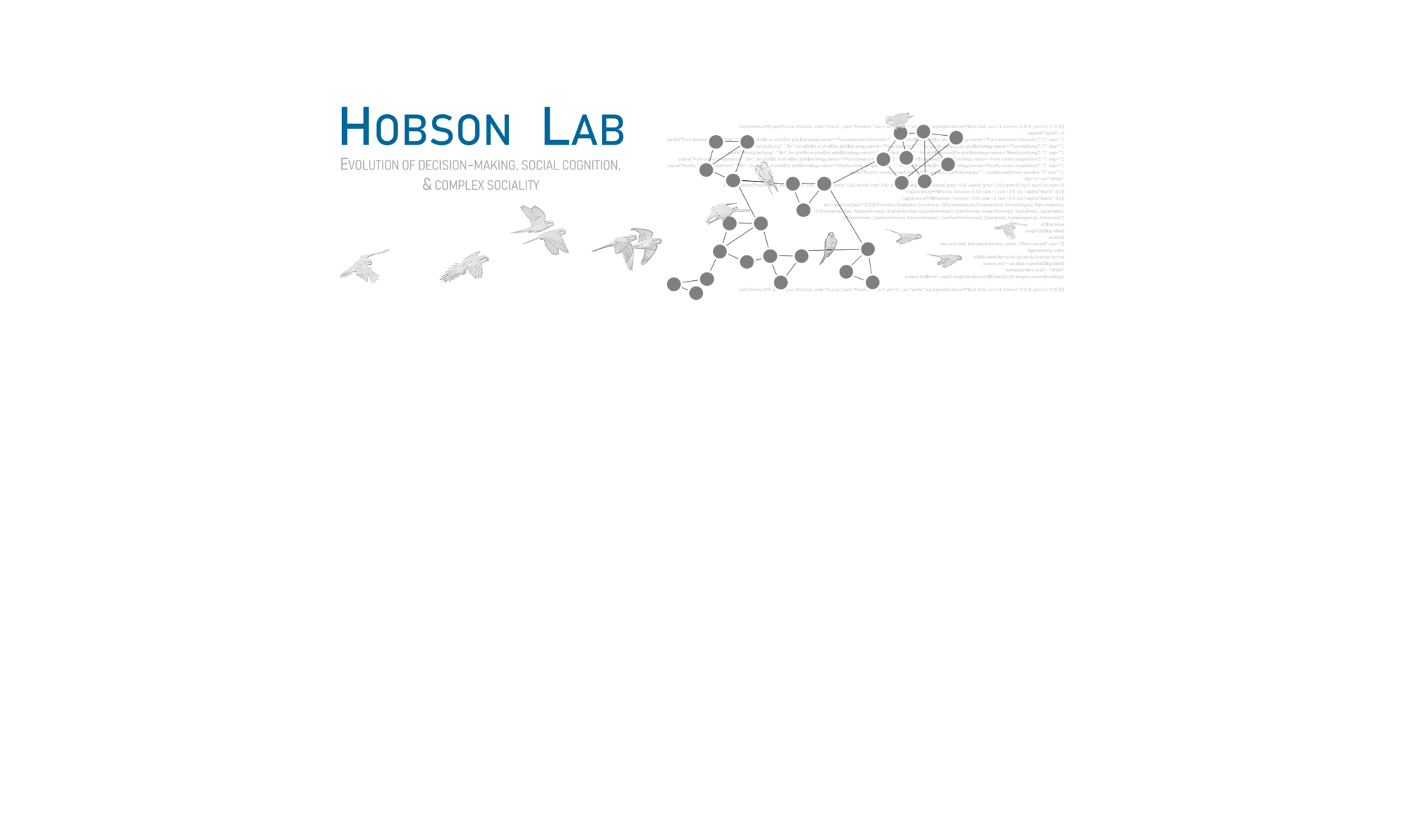Before Hobson Lab postdoc Annemarie van der Marel began working on parakeets, she did her PhD research working with squirrels. She just had a nice paper published from her work on Barbary ground squirrels.
Congratulations Annemarie!
Social organization in a North African ground squirrel
Abstract: (From The Journal of Mammalogy)
Research on sociality in temperate ground-dwelling squirrels has focused on female philopatry and other life history trade-offs, which are influenced by constraints in the duration of the active growing season. Temperate ground-dwelling squirrels that experience high predation pressure, are large in body size, and have a short active season, show a more complex social organization. In contrast, African ground squirrels are active year-round, suggesting that instead of a short active season, distinct selective pressures influence their social organization. We examined the social organization of Barbary ground squirrels, Atlantoxerus getulus, and compared the social organization of temperate and African ground-dwelling sciurids. Anecdotal accounts on Barbary ground squirrels’ social organization suggested that they were either solitary or gregarious, or live in small family groups. We recorded the group size, composition, cohesion, and genetic relatedness, of the population on the arid island of Fuerteventura, Spain. Our data indicate that females live in small (1–8) all-female kin groups separate from adult males, and that unrelated adult males share sleeping burrows with immature individuals of either sex. We observed sex-biased dispersal with males primarily the dispersing sex and females primarily philopatric. Females sleep solitarily during gestation and lactation and nest either communally or singly after juvenile emergence. During the day, males and females can be active in the same area. Barbary ground squirrels are social because the squirrels share sleeping burrows and show spatiotemporal overlap. Barbary ground squirrels’ social organization resembles that of the closely related Cape ground squirrel rather than that of the temperate ground-dwelling sciurids, although the former are more temperate, seasonal breeders. In addition to describing the social organization of a previously unstudied species, this paper sheds light on the ecological drivers of sociality, and the evolution of distinct social organizations in ground-dwelling sciurids.





